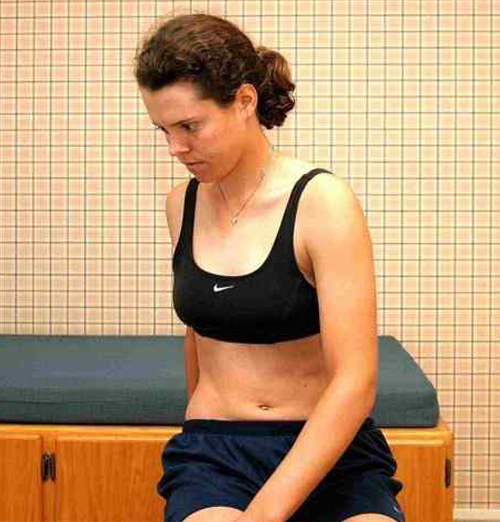What is fascia?
Have you ever handled a raw chicken breast? You know that thin, white layer that surrounds the muscle and fat on the breast? That's fascia!
Fascia is a tough, thin tissue that spreads throughout the body. It is continuous throughout the entire body, wrapping around muscles, bones, joints, and organs from head to toe.
Getting back to the idea of the Total Body Lesion, imagine you hurt your hip during a soccer game in high school. Although the pain went away and the muscle healed after a few days, there was now increased tension of the fascia around that hip. Ten years later, you threw out your shoulder during a beer league softball game, and again, it healed fairly quickly, but changed the tension of the fascia. Now, three weeks ago you missed a step on the way down the stairs (you klutz!), your back goes into spasm and you have this nagging pain in your left low back that will NOT go away. When we evaluate you, we may see that you have excess tension by your hip and shoulder, and start treating there. Why? We just learned that fascia is all interconnected, therefore, the pull in the direction of those previous injuries may have led to the inability for your body to fully recover from the last injury. We ARE treating your back, just indirectly (which - BONUS - also tends to be less painful!).
Next up - High Five!: Our staff's favorite tips/tricks learned in class that will benefit our clients today!





